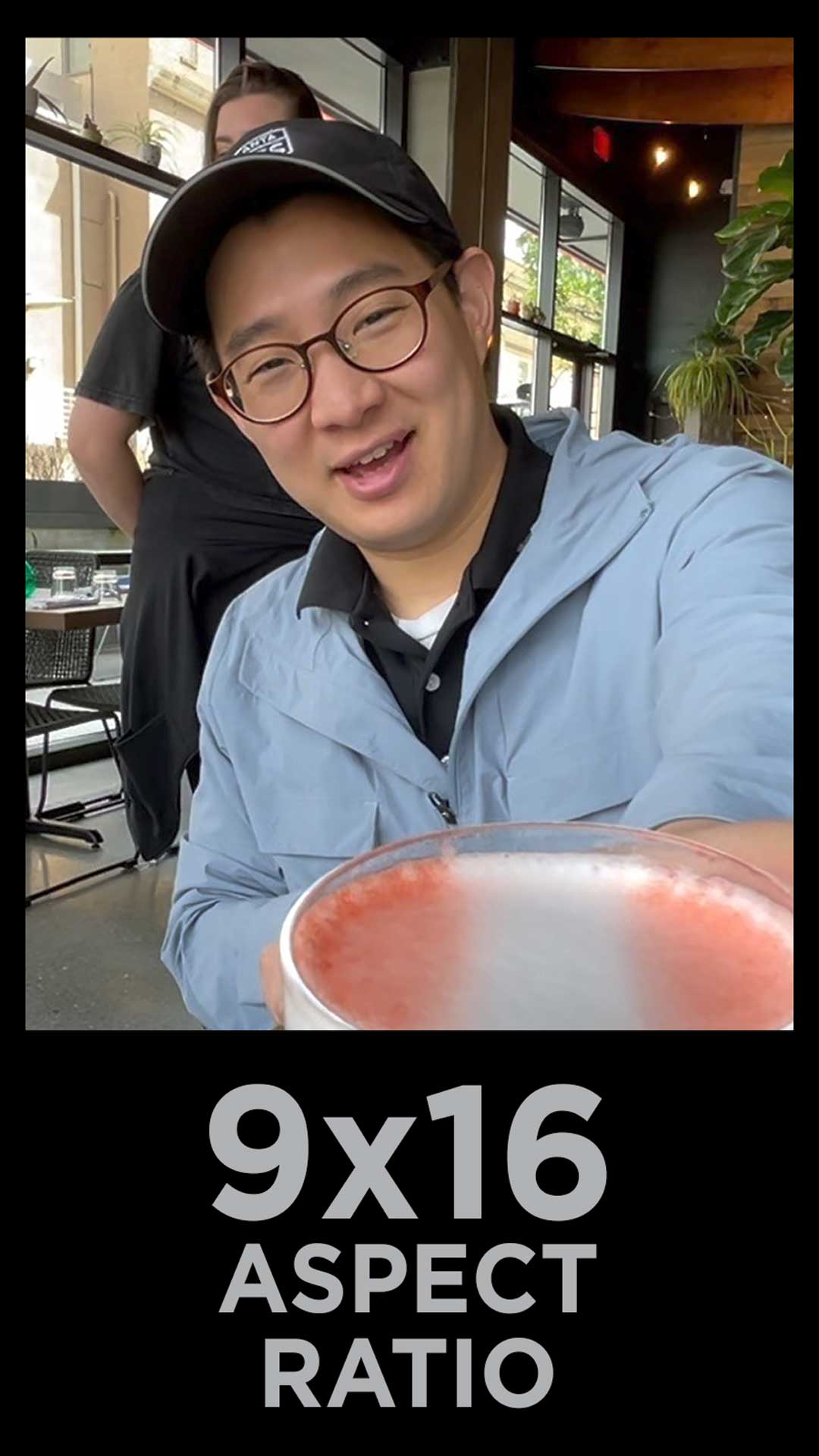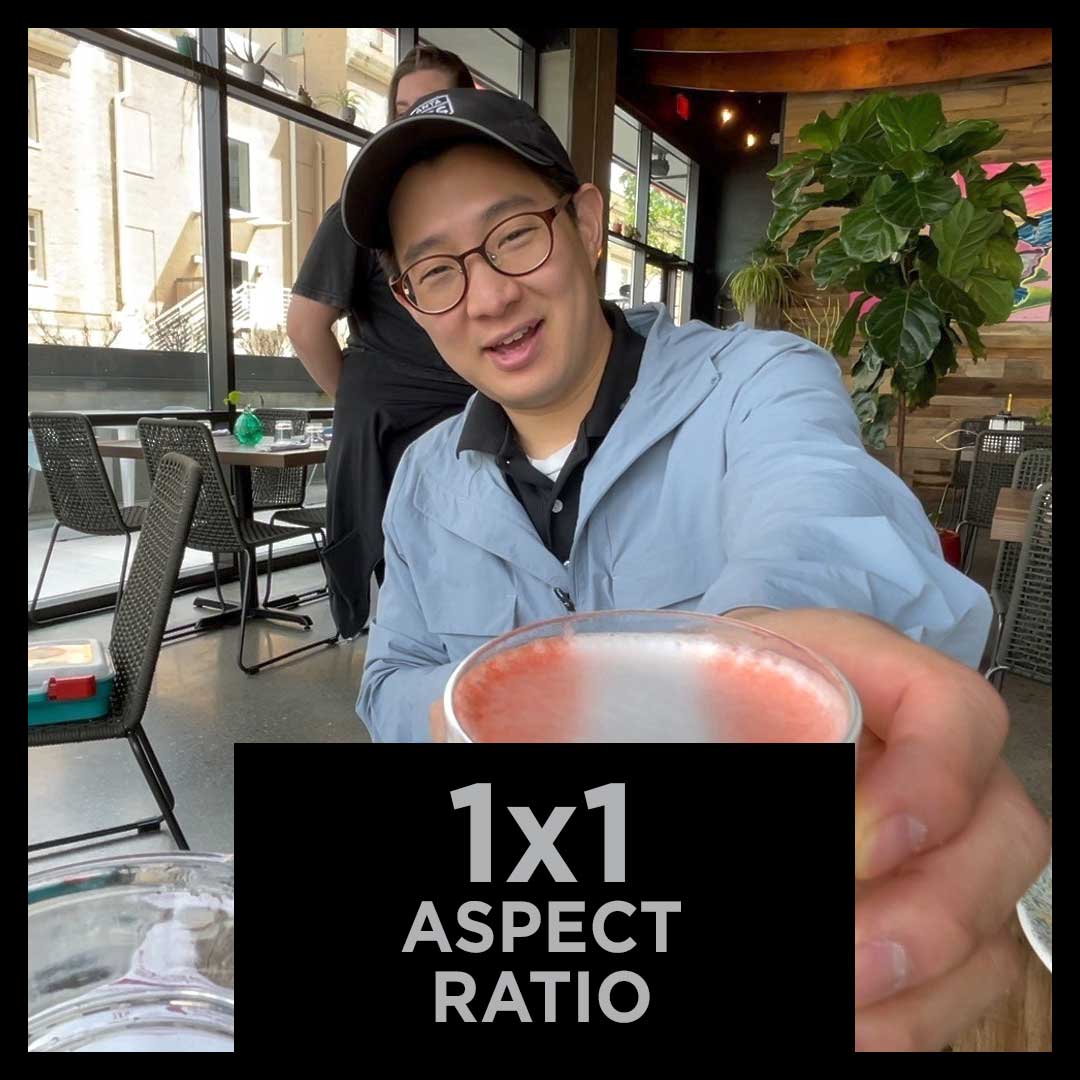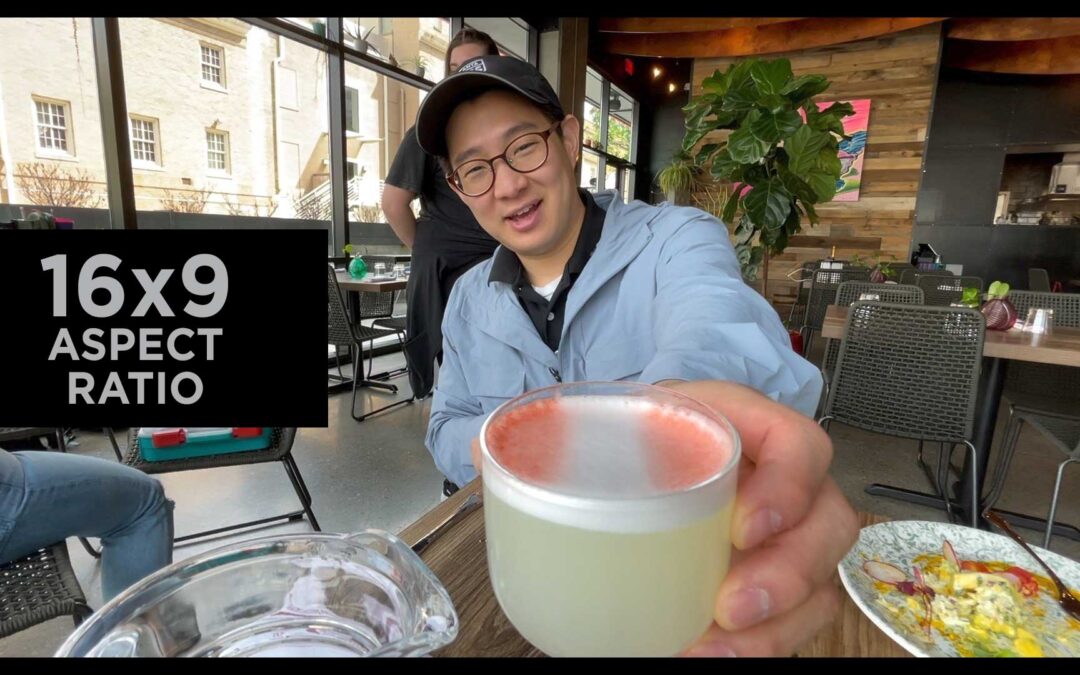You’re working with a new team on an exciting video project. But before you kick off your project, you interrogate yourself with some essential questions – things like, “Who is the audience for this?”, “What customer activity reflects success for this campaign?”, and “Where are people going to watch this?”. In this article, we want to focus on that last question – where people view your content matters, and tailoring your content to where it’s most likely to be viewed is an essential ingredient in your marketing formula. Below, we’re attempting to ask and answer a few questions about Aspect Ratio, which will be one of the most important factors to consider when developing your distribution plan.
What is aspect ratio and how is it different from screen resolution?
Most folks understand aspect ratio in fairly simplistic terms – it’s either landscape oriented or portrait oriented. And that’s a pretty good starting point, actually. Whether your video will see more distribution vertically or horizontally should be an enormous factor in planning your video project. We represent these vertical or horizontal values via ratios, with 16×9 representing the most common used horizontal ratio and 9×16 representing the most commonly used vertical ratio. When we talk about screen resolution, we’re specifying the number of pixels within that ratio – the most common resolution used across all video projects is 1920×1080 for 16×9 projects and the inverse, 1080×1920 for 9×16 projects.
Why does aspect ratio matter for my video project?
If you want people to see your video on more than one platform, you’ll need to produce multiple versions of your project at different aspect ratios. The algorithms for all social platforms reward video optimized to the platform itself, meaning if you take the time to create the right aspect ratio for the platform, it WILL reach more potential followers/customers. Additionally, people view content a variety of ways – via mobile phones, television screens, computers, screens in the back of taxis, movie theatres and more. Depending on the size and scope of your marketing campaign, creating video optimized for each of these platforms will be essential.
What’s the best way to incorporate multiple aspect ratios in one shoot?
Incorporating multiple aspect ratios into one shoot is entirely dependent on how much time and budget you have for your project. If you have time and budget, we recommend building in shots for each platform specifically to give editors as much content to work with without having to crop existing shots into bad compositions. That said, some projects must work efficiently and still reach multiple distribution points. In those instances, we suggest shooting 16×9 but avoiding close-ups so that editors can easily crop the subject without losing too much of the composition. Additionally, you can always supplement shots internally, with your marketing team shooting the same subject from a phone after main camera photography is complete.
 |
 |
What aspect ratios work best based on platform?
Generally, mobile video works best as 9×16 while video for televisions and tablets is best at 16×9. That said, other aspect ratios, like a 1×1 square, work very well on Twitter, for example, where videos appear within feed posts. Whereas on Instagram Reels, Tik Tok and YouTube Shorts, vertical video covers the entire screen, making a 9×16 the most appropriate. On Facebook, multiple video formats work, however, it has been noted recently (https://www.statista.com/statistics/377808/distribution-of-facebook-users-by-device/) that 81.8% of Facebook’s global audience accessed the app only via mobile phone, while only 1.5% access Facebook only via laptop or desktop, so a vertical or square oriented video will be most aesthetically pleasing to the vast majority of people watching your video. Additionally, out of home media can historically have a variety of aspect ratios to export your project in, however most of them are horizontally or square oriented. If paid, out of home inventory is what you need the video content for, then horizontal will be where you spend the entirety of your focus.
What’s the most used aspect ratio online?
The vast majority of videos created for social media are 9×16, but one platform we haven’t discussed in as much detail is YouTube. When it comes to digital video, YouTube is king with close to a billion videos, which are for the most part 16×9 as YouTube shorts is relatively new. In fact, YouTube is the second most used search engine online next to Google – which means it can be a great opportunity for more users to see your video, especially if you are able to optimize it for video search.
